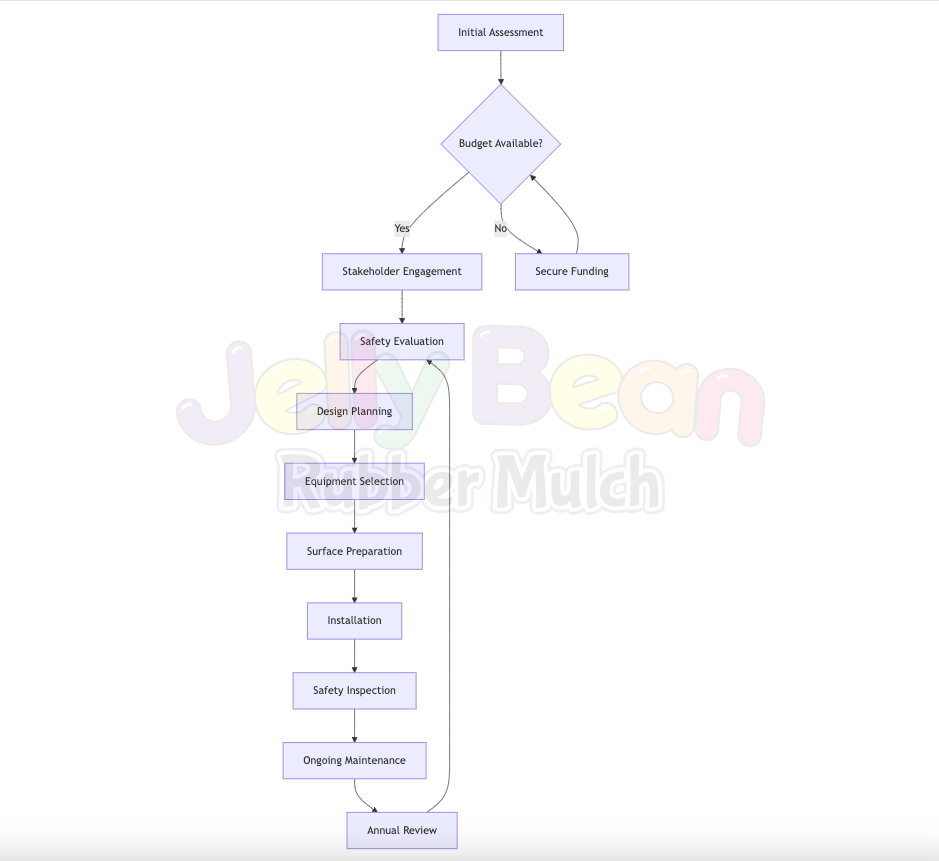Reimagining School Playgrounds: A Comprehensive Renovation Checklist
School playgrounds are more than just outdoor spaces—they are vibrant learning environments that shape children’s physical, social, and cognitive development. As educational landscapes evolve, playground renovation has become a critical investment in student well-being and educational experience.
Modern playground design goes far beyond simple equipment placement. It represents a holistic approach to child development, integrating safety, accessibility, inclusivity, and innovative play concepts. Today’s schools recognize that playgrounds are dynamic learning spaces where children develop critical skills: motor coordination, social interaction, problem-solving, and creative thinking.
The renovation process requires careful strategic planning. Schools must balance multiple considerations: safety standards, age-appropriate design, accessibility for children with diverse abilities, and budget constraints. Each decision impacts children’s potential for physical activity, social engagement, and exploratory learning.
Safety remains the paramount concern in playground design. Recent advances in materials, surfacing, and equipment engineering have dramatically improved children’s protection without compromising play experience. Modern playgrounds incorporate impact-absorbing surfaces, carefully engineered equipment spacing, and designs that encourage supervised yet imaginative play.
Inclusivity has become a central principle of contemporary playground development. Designers now create environments that welcome children of all abilities, ensuring that every student can participate, explore, and enjoy recreational spaces. This approach reflects broader educational commitments to diversity and equal opportunity.
Economic considerations also play a significant role. While initial renovation investments might seem substantial, well-designed playgrounds offer long-term benefits: increased student engagement, improved physical health, enhanced social skills, and potentially reduced maintenance costs through strategic, durable design choices.
A successful playground renovation is a collaborative journey—involving educators, administrators, parents, students, and design professionals—transforming outdoor spaces into vibrant, safe, and inspiring learning environments.
Spring Playground Renovation Checklist
Initial Planning
– [ ] Conduct playground safety assessment
– [ ] Determine renovation budget
– [ ] Engage stakeholders (parents, teachers, students)
– [ ] Review current playground condition and limitations
Design and Accessibility
– [ ] Assess age-appropriate equipment needs
– [ ] Ensure ADA compliance for accessible play areas
– [ ] Plan inclusive design for children with different abilities
– [ ] Consider diverse play activity zones
Equipment and Surface Preparation
– [ ] Remove old/damaged playground equipment
– [ ] Clear and level ground surface
– [ ] Select appropriate safety surfacing (rubber, wood chips, etc.)
– [ ] Check soil drainage and grading
Equipment Selection
– [ ] Research modern, durable playground equipment
– [ ] Verify safety certifications
– [ ] Balance between traditional and innovative play structures
– [ ] Consider equipment for different age groups
Safety Considerations
– [ ] Verify equipment meets current safety standards
– [ ] Measure and plan proper fall zones
– [ ] Select impact-absorbing ground surfaces
– [ ] Ensure proper equipment spacing
Installation Logistics
– [ ] Obtain necessary permits
– [ ] Schedule professional installation
– [ ] Plan minimal disruption to school activities
– [ ] Coordinate with installation contractors
Final Inspection and Maintenance
– [ ] Conduct thorough post-installation safety check
– [ ] Create ongoing maintenance schedule
– [ ] Train staff on equipment inspection protocols
– [ ] Plan annual safety reviews


